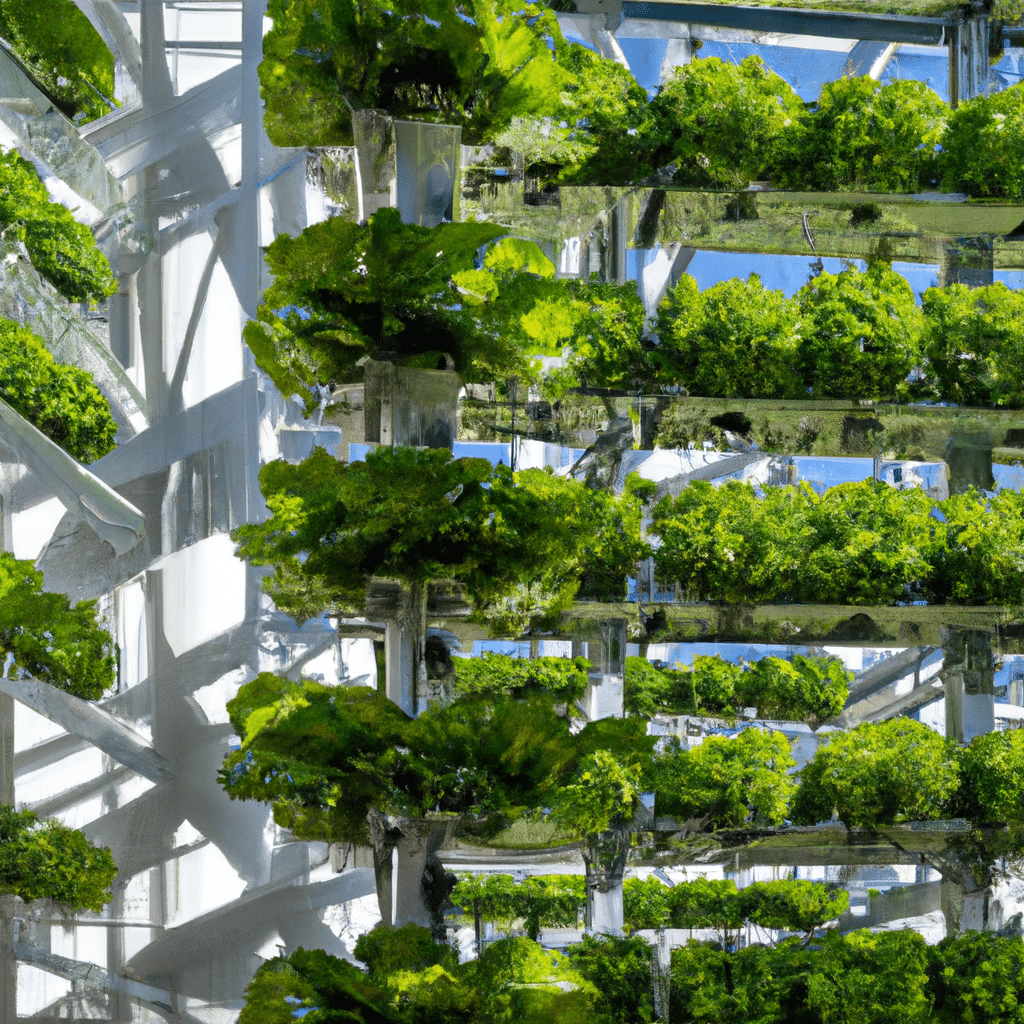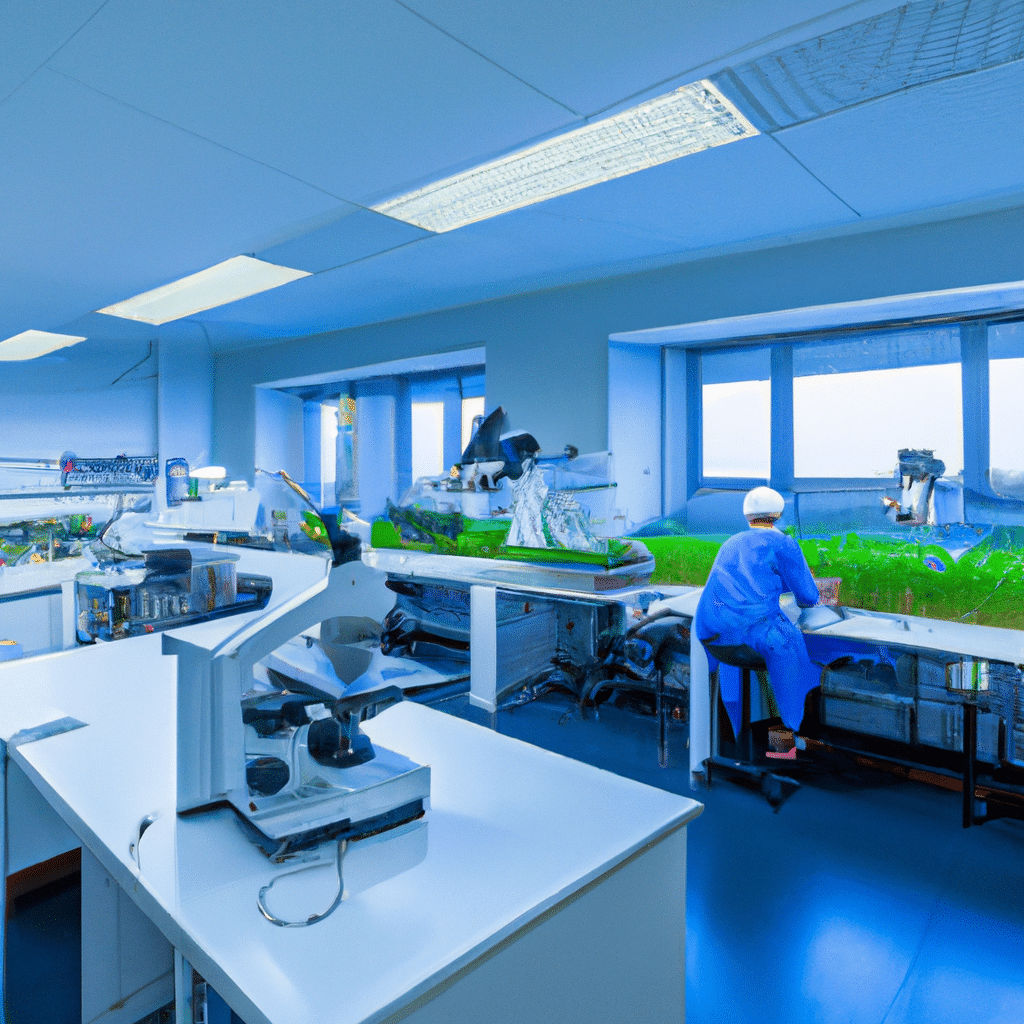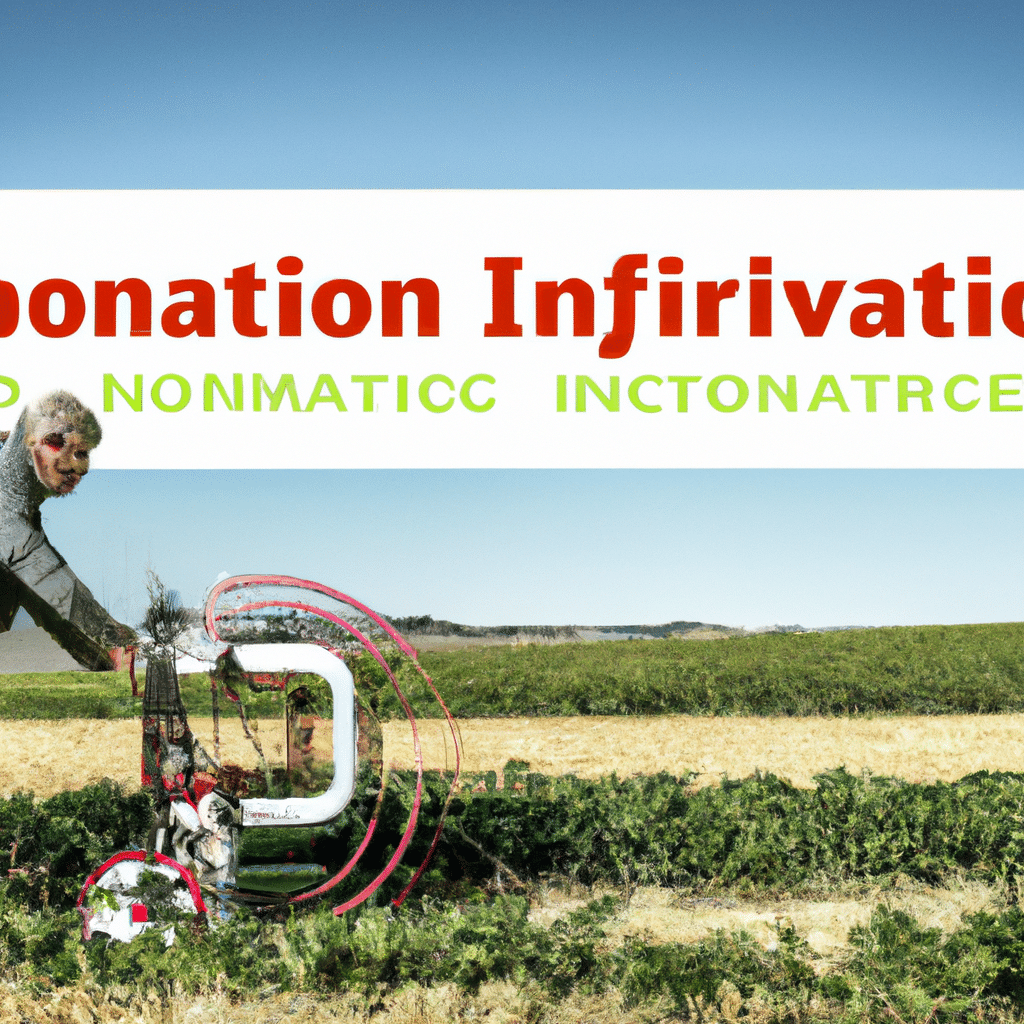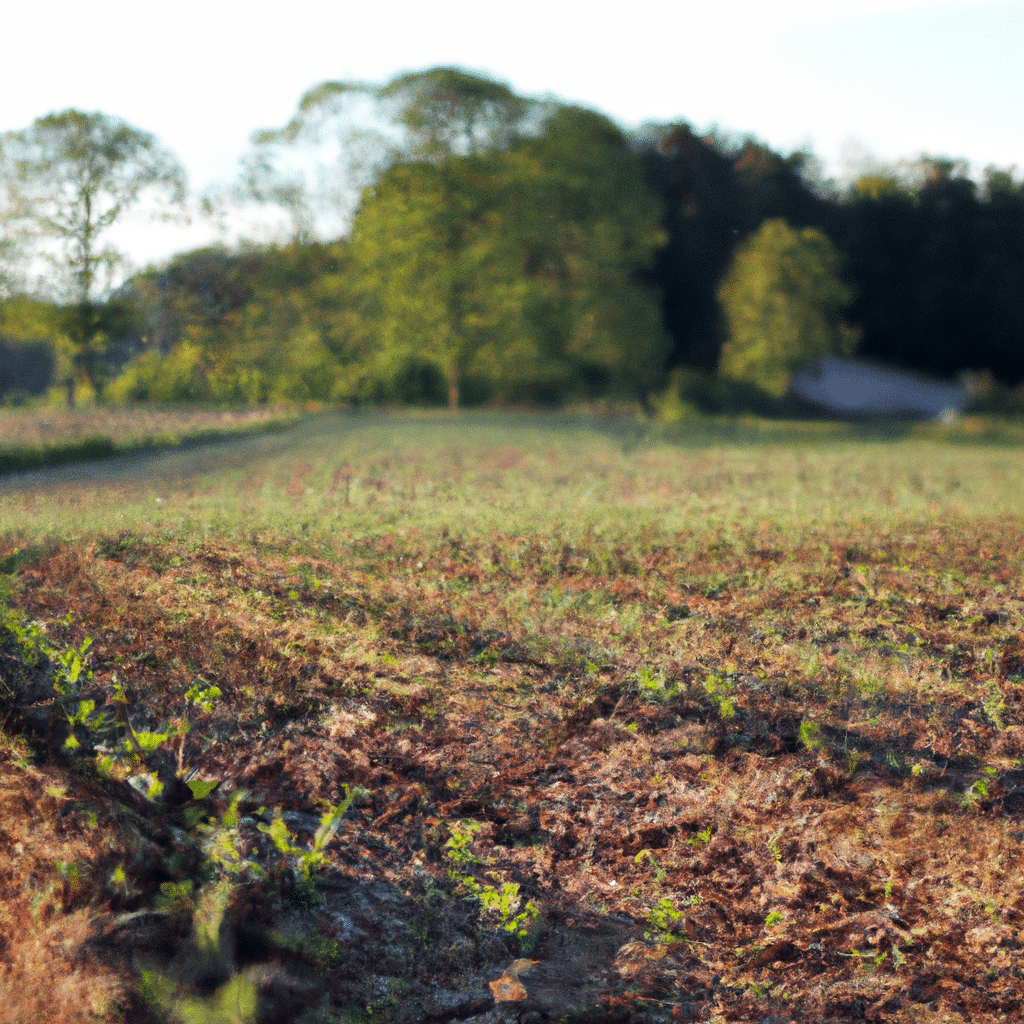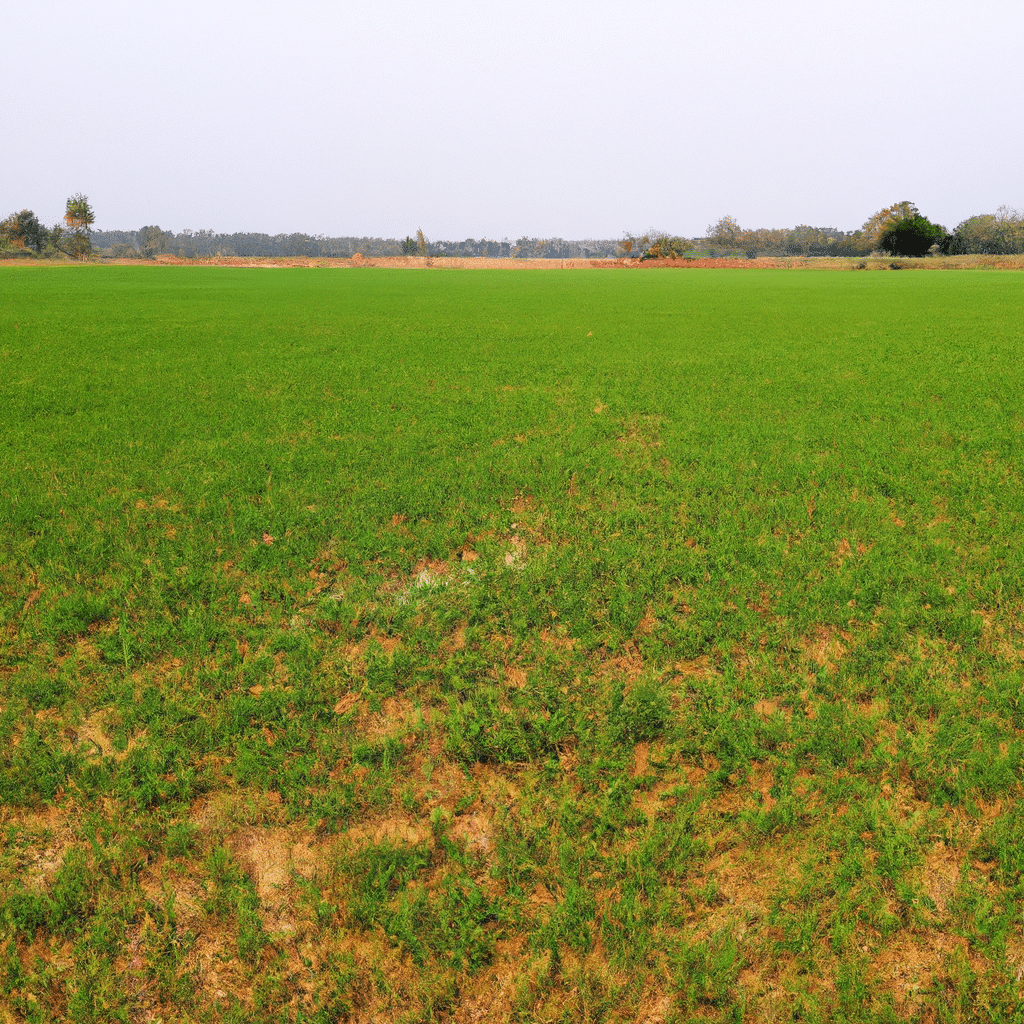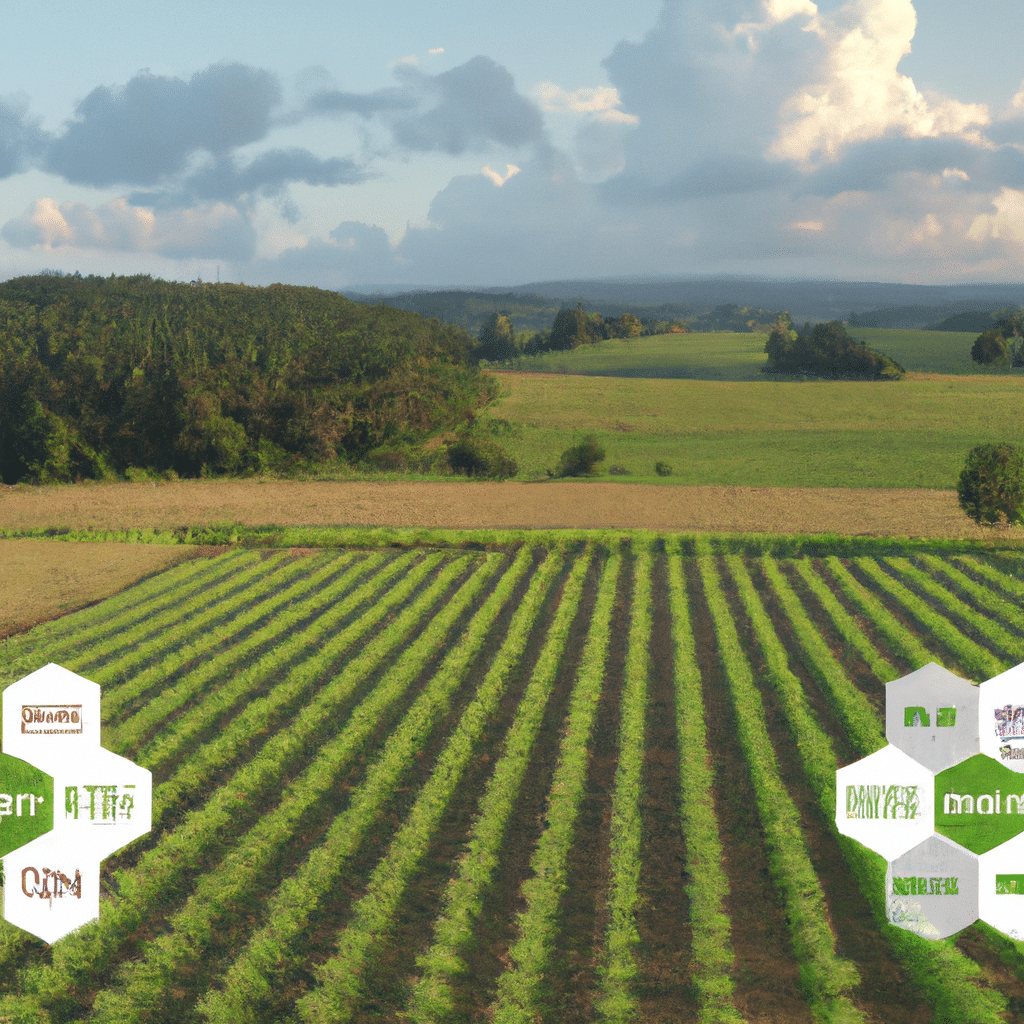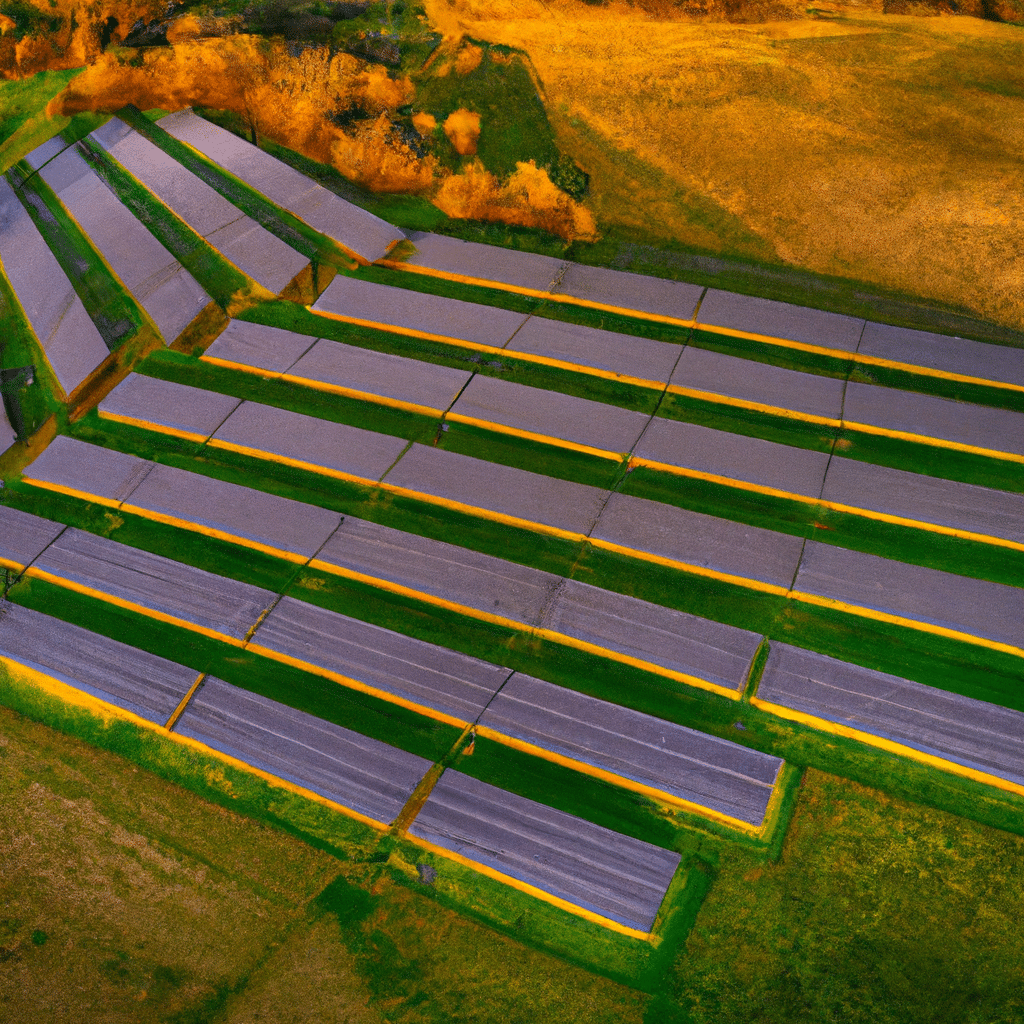In recent years, the concept of regenerative agriculture has gained significant traction among farmers, researchers, and environmentalists alike. This innovative approach to farming not only focuses on sustainable practices but also aims to restore and improve the health of our soils. The implications of regenerative agriculture on soil health are profound, with potential benefits ranging from increased crop yields to enhanced biodiversity. In this article, we delve into the world of regenerative agriculture and explore its impact on soil health.
The Basics of Regenerative Agriculture
Regenerative agriculture can be defined as a holistic approach to farming that emphasizes the regeneration of natural ecosystems and the improvement of soil health. Unlike conventional farming methods, which often rely on synthetic inputs and heavy tillage, regenerative agriculture employs a range of practices that work in harmony with nature. These practices include cover cropping, crop rotation, minimal tillage, composting, and the use of organic fertilizers.
Soil Health: The Foundation of Regenerative Agriculture
At the heart of regenerative agriculture lies the recognition that soil health is crucial for sustainable and productive farming. Healthy soils are characterized by a diverse and thriving ecosystem of microorganisms, fungi, and other beneficial organisms. These soil organisms play a vital role in nutrient cycling, water retention, and the suppression of plant diseases. By adopting regenerative practices, farmers can promote the development of healthy soils, leading to numerous benefits.
Enhancing Soil Organic Matter
One key aspect of regenerative agriculture is the focus on increasing soil organic matter content. Organic matter, derived from plant and animal residues, acts as a vital source of nutrients for plants and provides a habitat for beneficial soil organisms. Through the use of cover crops and the incorporation of organic amendments, regenerative farmers can significantly enhance soil organic matter levels. This, in turn, improves soil structure, water-holding capacity, and nutrient availability.
Boosting Soil Fertility and Nutrient Cycling
Regenerative agriculture also prioritizes the enhancement of soil fertility and nutrient cycling. Rather than relying solely on synthetic fertilizers, regenerative farmers harness the power of natural processes to improve nutrient availability for plants. By incorporating legume cover crops, for example, they can harness the biological nitrogen fixation process to supply plants with a steady source of nitrogen. Additionally, practices such as crop rotation and the use of compost further enhance nutrient cycling and reduce the need for external inputs.
Water Retention and Erosion Control
Another critical aspect of soil health is its ability to retain water and prevent erosion. Conventional agricultural practices, such as intensive tillage and the removal of crop residues, can lead to increased water runoff and soil erosion. In contrast, regenerative agriculture practices, such as minimal tillage and the use of cover crops, help to improve soil structure and reduce erosion. This, in turn, enhances water infiltration and retention, leading to improved drought resilience and reduced water pollution.
Biodiversity and Soil Health
Regenerative agriculture also places a strong emphasis on promoting biodiversity within agricultural systems. Biodiversity plays a crucial role in maintaining healthy soils by fostering a balanced ecosystem of organisms that contribute to nutrient cycling and pest control. By incorporating diverse crop rotations, providing habitat for beneficial insects, and minimizing pesticide use, regenerative farmers can create thriving ecosystems within their fields. This, in turn, enhances soil health and resilience against pests and diseases.
The Economic Benefits of Regenerative Agriculture
Apart from the environmental advantages, regenerative agriculture also offers numerous economic benefits to farmers. By improving soil health and fertility, regenerative practices can lead to increased crop yields and reduced reliance on costly synthetic inputs. Additionally, regenerative farmers often find themselves better equipped to withstand extreme weather events, thanks to improved water retention and soil structure. These factors combined contribute to greater farm profitability and long-term sustainability.
Conclusion
In conclusion, regenerative agriculture represents a paradigm shift in the way we approach farming. By focusing on restoring and improving soil health, regenerative practices offer a multitude of benefits, both for farmers and the environment. From enhancing soil organic matter and nutrient cycling to promoting biodiversity and reducing water pollution, regenerative agriculture holds the potential to revolutionize our agricultural systems. As we continue to explore and embrace regenerative practices, we pave the way for a more sustainable and resilient future for generations to come.



